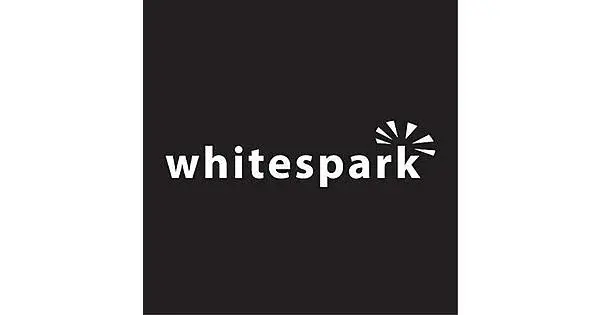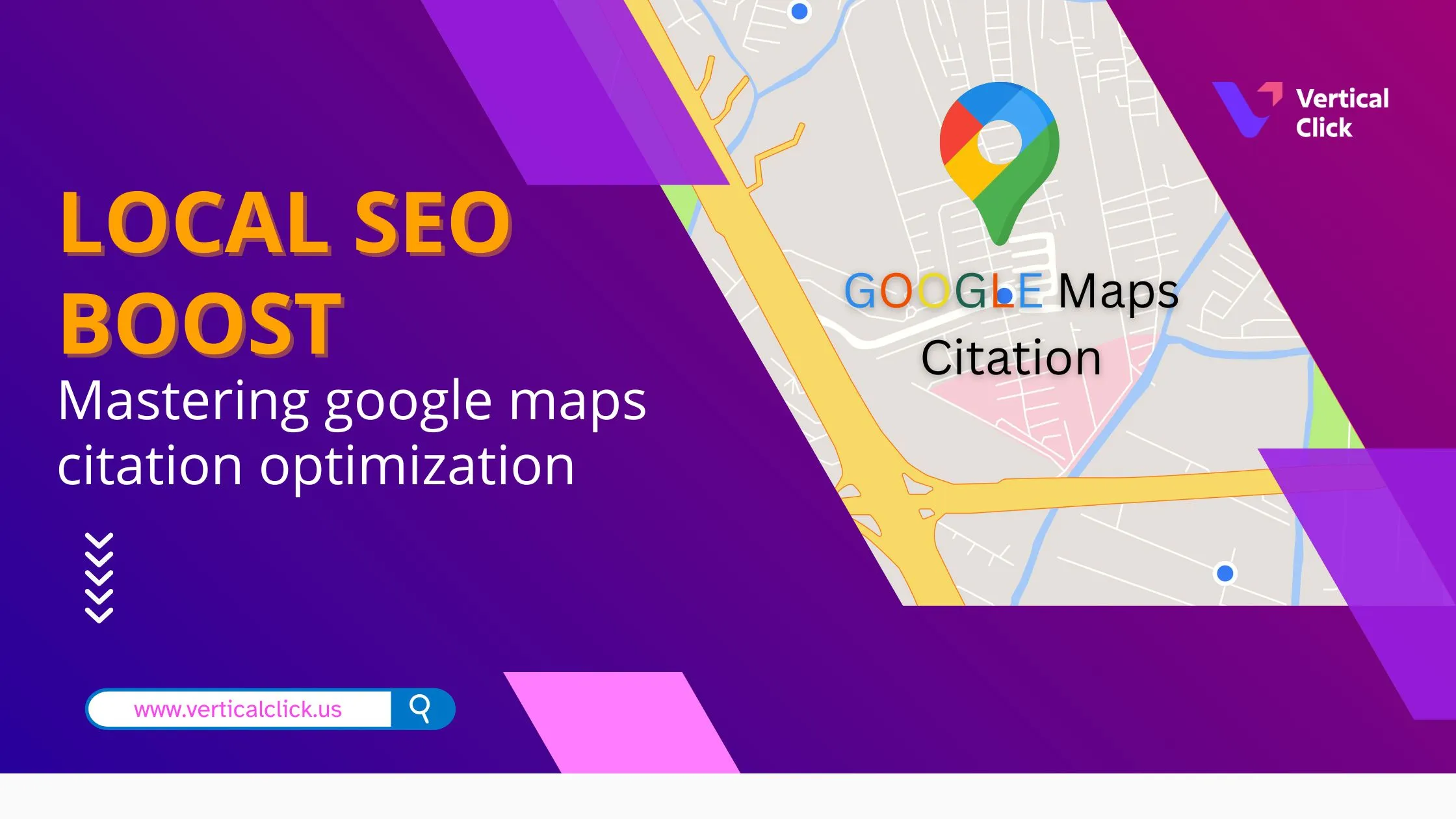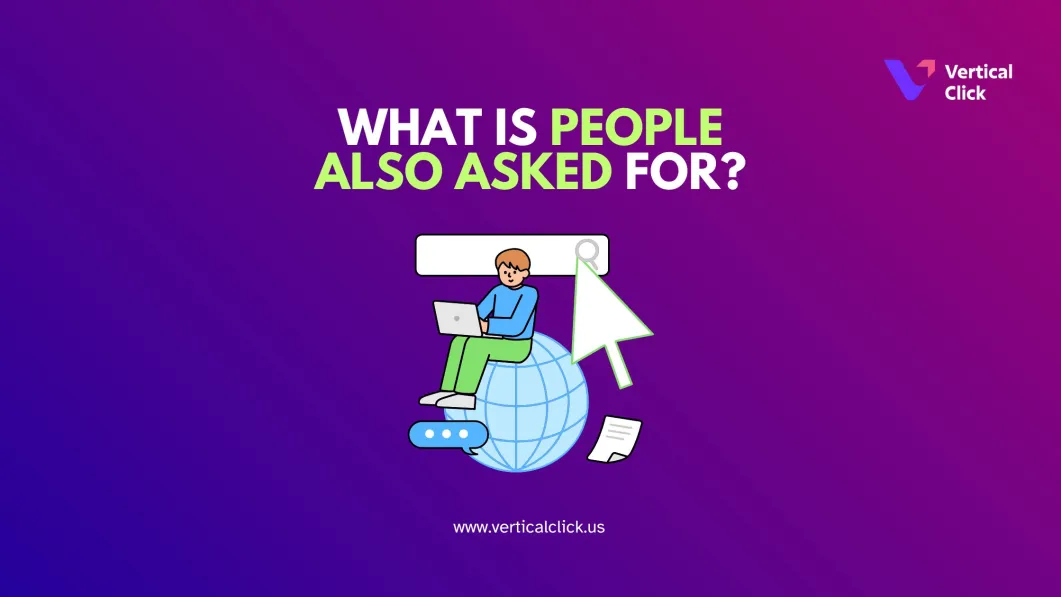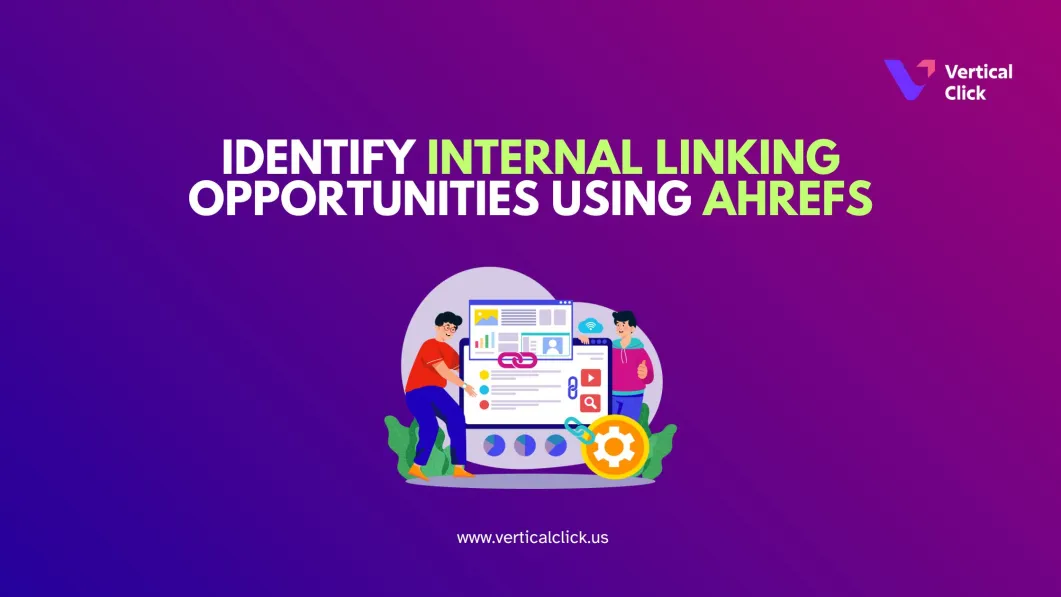In today’s hyper-local digital landscape, being able to appear in the local 3-pack of Google can generally make or break your business. While it could be a cool little bakery in town or some service-based business, citation optimization on Google Maps has been a must in local SEO tactics to boost the visibility of your storefront and bring foot traffic into your doughnuts. How does one master it?
What Are Google Maps Citations?
Citations are online mentions of your business name, address, and phone number (NAP). These may come from directories, websites, apps, or social sites, even without a backlink. Google Maps citations are, more specifically, ones that affect your ranking in local search results and evidence to Google that your business is legit and where it says it is.
Why Citations Matter for Local SEO:
Trust is built with Google and through citations. The more consistent your NAP information is across important sites like those mentioned above (Yelp, Yellow Pages, Justdial, and TripAdvisor), the better your chances are for a high rating on Google Maps.
Benefits:
- Improves the local map pack ranking
- Enhances trust and authority
- Increase visibility to local customers
- Aids Google in verifying your info against your business
Optimize Google Maps Citations in 6 Steps:
- Claim & Optimize Your Google Business Profile: Ensure that your business name, category, hours, and description are all correct and keyword-optimized.
Add great images, Q&A, and regular Google Posts.
- Audit Your Existing Citations: Use tools such as Whitespark, Moz Local, or SEMrush to find current citations.
Look for NAP inconsistencies and update them.
- Earn a Good Reputation: Build and Maintain Consistent Citations on High-Authority Directories.
- Concentrate on directories such as:
- Google Business Profile
- Yelp
- Bing Places
- Yellow Pages
- IndiaMART/Sulekha (India-specific)
Make sure that your NAP data exactly matches your Google Business listing.
- Use Structured Data Markup: Add schema for Local Business to your website, improving search engines‘ understanding of your business details.
Easy with tools like Google’s Structured Data Markup Helper.
- Customer Review Generation: More good reviews = trust signal.
Answer all reviews to prove engagement and reliability.
What Results From Ineffective Google Maps Citation Management?
For local business SEO purposes, having additional Google Maps citations is a positive factor; yet quality and management of citations are also important. Pinnacle Treatment Centers, for one, had serious management issues with 137 locations across nine states.
Because they were unable to manually keep every citation updated, some patients of theirs went to the wrong address. This can be a huge deal, especially in addiction treatment, when getting the person taken care of in time is paramount. Things turned around for Pinnacle when a listing management tool was used to get all their citations in check.
The Citation Power Play.
In Phoenix, Arizona, one dental clinic has recovered almost 40% of missed patient appointments in 2024 by correcting 25+ mismatched citations and actively managing its Google Business Profile.
The ranking of the clinic improved from #9 to #2 in Google Maps for “dentist near me.”
With NAP particulars standard, responses to reviews lead to a 38% increase in bookings and a 52% increase in call inquiries.
Common Citation Mistakes:
- Inconsistent NAP information across directories.
- Old addresses or phone numbers,
- Duplicate listings.
- Disregarding niche directories for your industry.
Tools to Make Citation Management Simpler




- Whitespark: citation building and tracking
- Moz Local: listing management
- BrightLocal: all-in-one local SEO platform
- Yext: pro sync of citations in real-time with premium directories
Conclusion
Citations are the digital breadcrumbs that will take customers right into your business. When you have this consistency, accuracy, and presence on the key platforms, it can greatly improve your Google Maps ranks, turning tides and bringing in more local clients.


